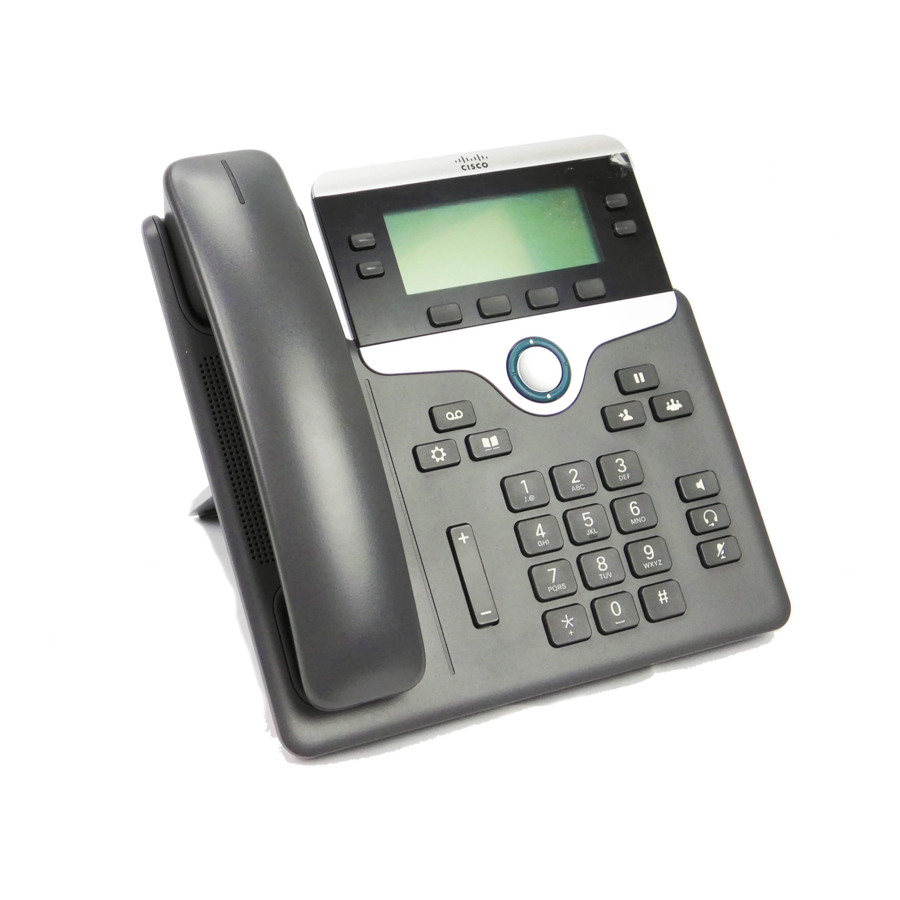Cisco 7841 Quick Reference Manual - Page 3
Browse online or download pdf Quick Reference Manual for IP Phone Cisco 7841. Cisco 7841 7 pages. Classroom phone
Also for Cisco 7841: Release Notes (16 pages), Quick Start Manual (2 pages), Quick Reference Manual (4 pages), Quick Reference (4 pages), Quick Installation & User Manual (12 pages), Reference Manual (11 pages), Quick Reference Manual (7 pages), User Manual (2 pages), Quick Reference Manual (2 pages), Quick Reference Manual (2 pages), Manual (2 pages), Manual (27 pages), Firmware Migration Master Manual (31 pages), Manual (43 pages), Quick Reference Manual (4 pages), Quick Start Manual (2 pages), Installation Manual (39 pages), Using (4 pages), Quick User Manual (2 pages), Manual (7 pages), Manual (20 pages), Features Manual (4 pages), Reconfiguration Manual (2 pages), User Reference Manual (5 pages), Quick Reference Card (2 pages), Quick Installation Manual (12 pages), Quick Start Manual (2 pages), Quick Manual (3 pages), Quick Reference Card (2 pages), Quick Reference Card (2 pages), Quick Start Manual (2 pages), Quick Reference Manual (3 pages)

